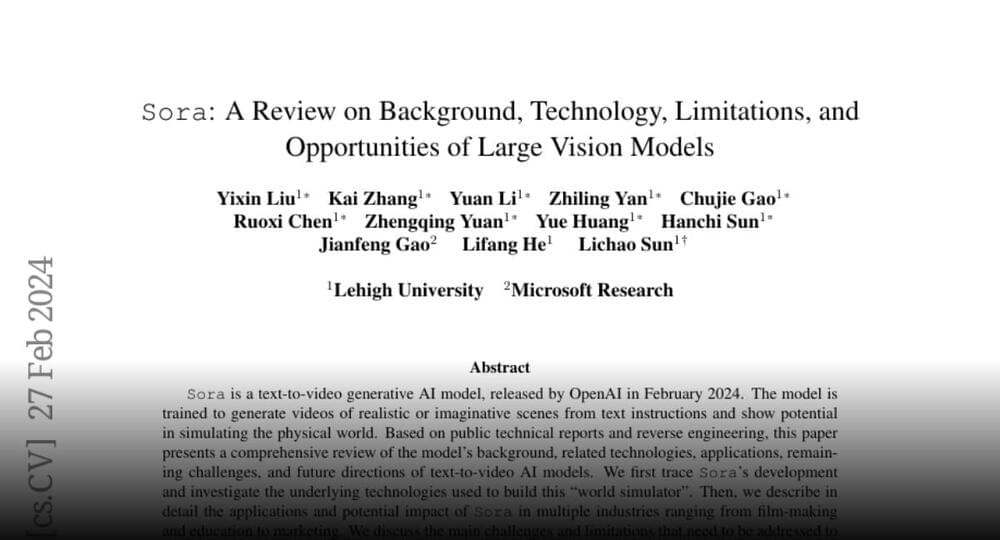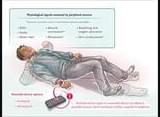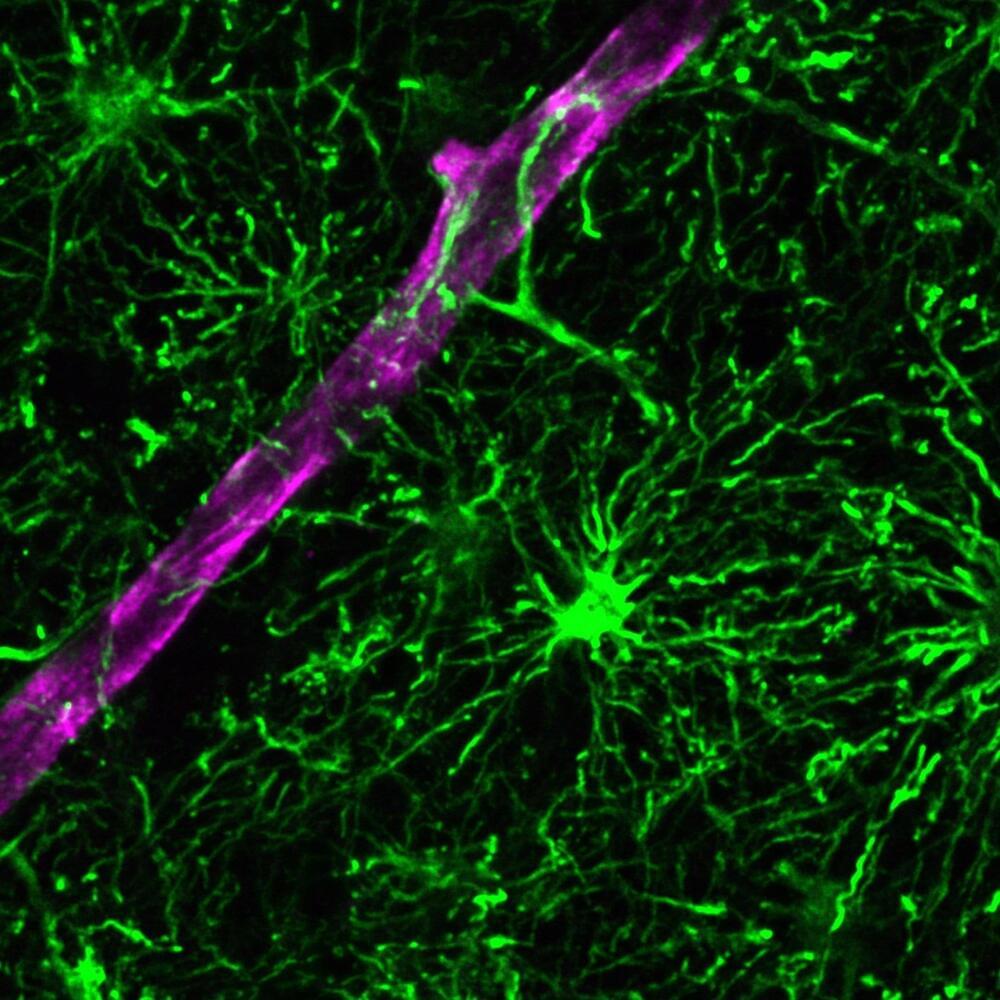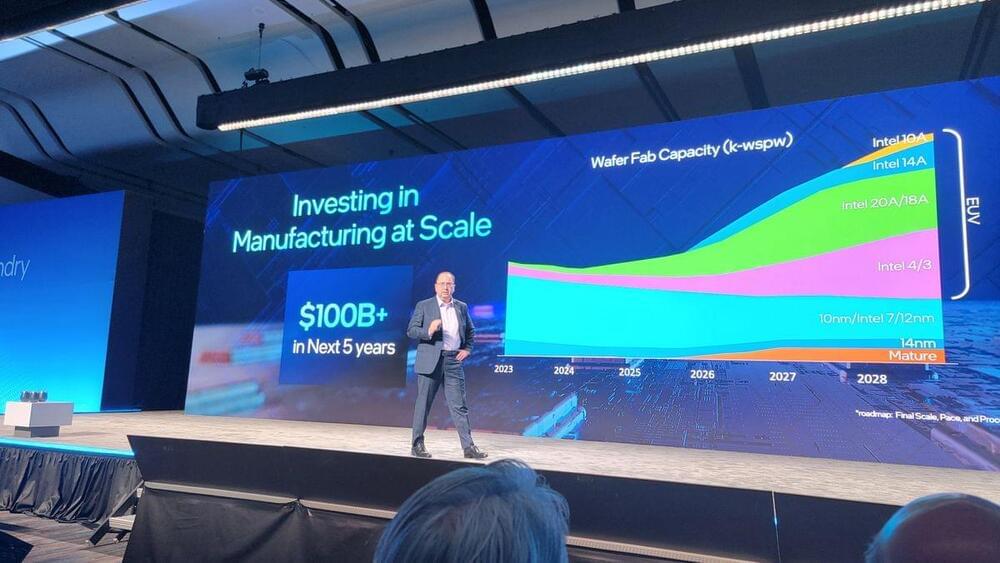Joscha Bach, Principal AI Engineer at Intel Labs Cognitive Computing group and member of our Scientific Advisory Board, and Rana Gujral, CEO at Behavioral Signals, on a FIRESIDE CHAT to talk about Artificial Consciousness and New Language Models: The changing fabric of our society, at DeepFest 2023.
Get the latest international news and world events from around the world.
The Bet on Consciousness
Philosopher David Chalmers and neuroscientist Christof Koch made a bet in 1998 on a breakthrough in consciousness research within 25 years. Now the bet is settled – thanks to the journalist Per Snaprud, neuroscience editor at the Swedish popular science magazine Forskning \& Framsteg. Here’s a conversation that was held between the three at New York university on June 24:th 2023.




More than just neurons: Scientists create new model for studying human brain inflammation
The brain is typically depicted as a complex web of neurons sending and receiving messages. But neurons only make up half of the human brain. The other half—roughly 85 billion cells—are non-neuronal cells called glia.
The most common type of glial cells are astrocytes, which are important for supporting neuronal health and activity. Despite this, most existing laboratory models of the human brain fail to include astrocytes at sufficient levels or at all, which limits the models’ utility for studying brain health and disease.
Now, Salk scientists have created a novel organoid model of the human brain—a three-dimensional collection of cells that mimics features of human tissues—that contains mature, functional astrocytes. With this astrocyte-rich model, researchers will be able to study inflammation and stress in aging and diseases like Alzheimer’s with greater clarity and depth than ever before.

Future AI’s Figure 01 seen at work in a warehouse rivaling Optimus
Just days after Elon Musk shared the progress of Tesla’s Optimus robot, Figure AI has released an image of its own humanoid robot at work.
Called “Figure 01,” this humanoid robot is seen being put to work in a warehouse.
In the one-minute and 21-second clip released on YouTube (embedded below), Figure 1 can be seen fetching and moving boxes all on its own.
